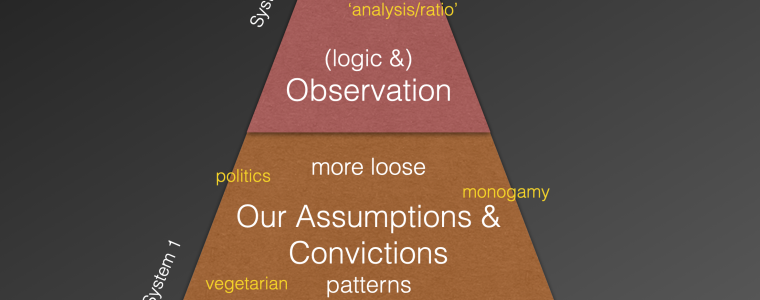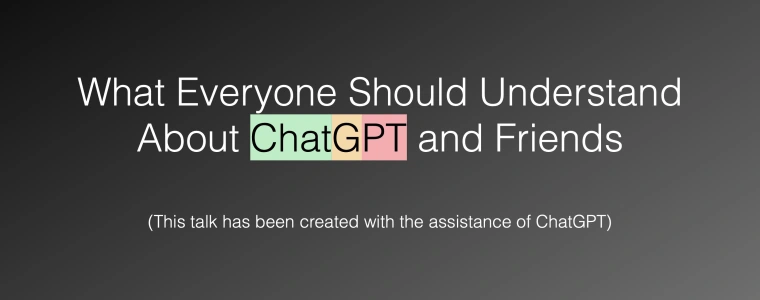 R&A is the vehicle for Gerben Wierda’s ‘extracurricular activities’ (what he does next to his day job and family life — or what’s left of that). Mostly writing and sometimes a bit of training or consultancy. R&A is also the publisher of Mastering ArchiMate and Chess and the Art of Enterprise Architecture.
R&A is the vehicle for Gerben Wierda’s ‘extracurricular activities’ (what he does next to his day job and family life — or what’s left of that). Mostly writing and sometimes a bit of training or consultancy. R&A is also the publisher of Mastering ArchiMate and Chess and the Art of Enterprise Architecture.
This site combines the previous separate content of masteringarchimate.com and enterprisechess.com.















